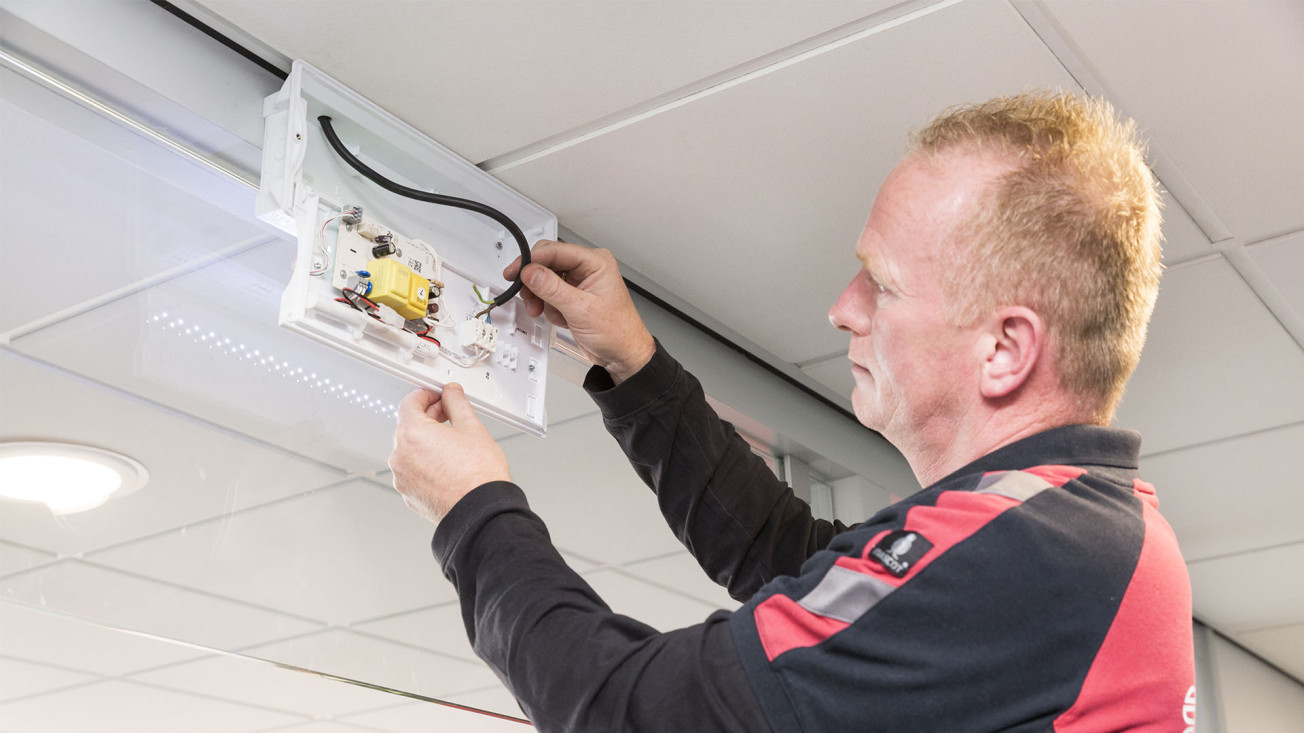In an emergency, everyone must be able to leave your building quickly and safely. That sounds simple, but when disaster strikes many are still unable to reach emergency exits in time. What seems an easy route in daylight becomes a deadly trap when there is a power failure or smoke. Especially for those unfamiliar with your building.
Emergency lighting primarily serves to ensure the safety of persons in a public building or at the workplace. The emergency lighting,
more specifically the emergency evacuation lighting, enables those present to leave the building or the workplace in a safe manner.
The installation also has an important function in preventing panic. Emergency lighting is installed for use when the power supply of the normal lighting fails.Annual maintenance ensures optimum operation of the emergency lighting. Which steps we go through during annual maintenance can be seen here.

Visual check
- Correct pictograms;
- Correct location;
- Brand and type;
- Visibility
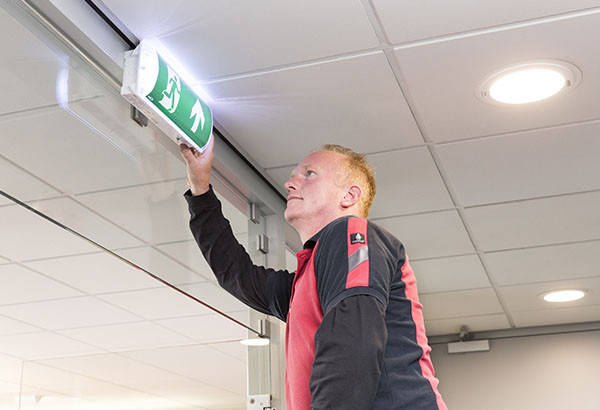
Exterior check
- Last maintenance date;
- Damages;
- Leaking battery fluid;
- Heat development;
- Heat damage;
- Fixation
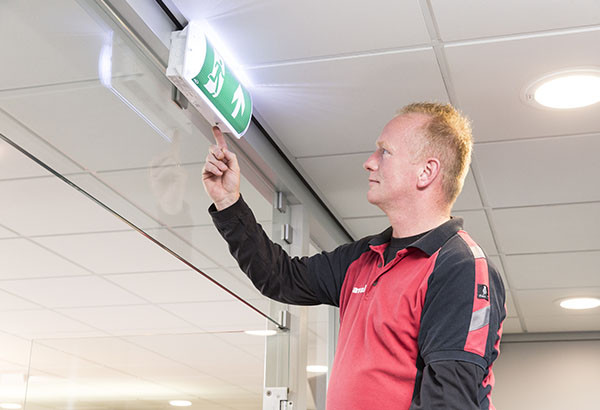
Function test
- Response time;
- Functionality;
- Capacity battery;
- Check for decreasing light intensity
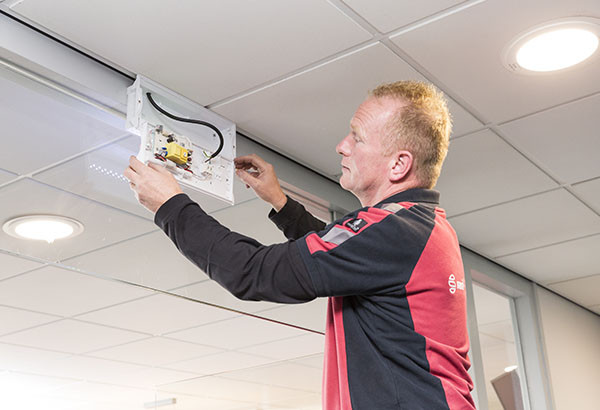
Interior check
- Damages;
- Leaking battery fluid;
- Heat development;
- Heat damage;
- Connections and wiring
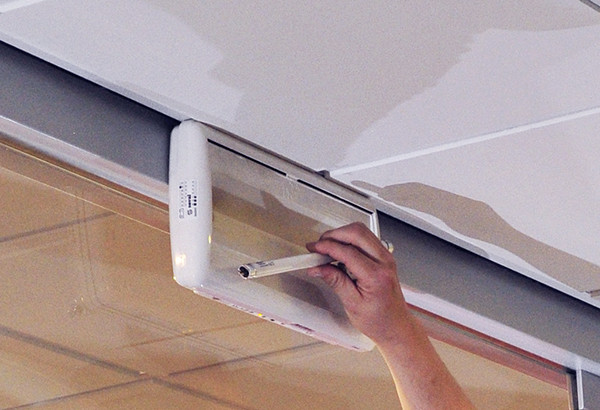
Replacing lamp (LED)
- Emergency lamp (never in use) replaces constant lamp (always in use);
- Installation of new emergency lamp;
- Test functionality
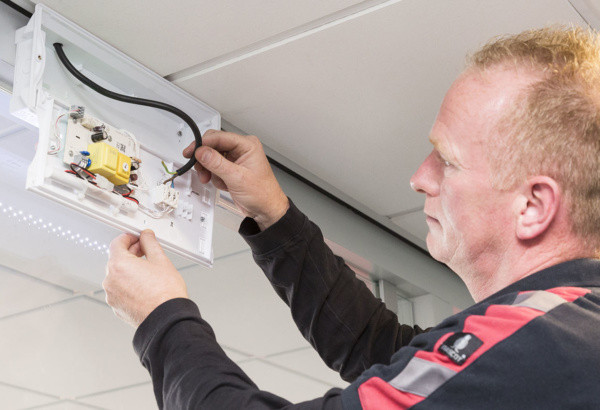
Battery check
- Age (replacement in the 4th year);
- Battery wiring
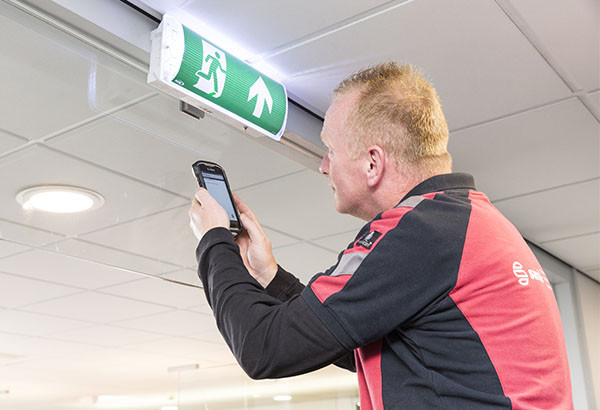
Completing maintenance
- Cleaning fixture;
- Place approved sticker;
- Scanning barcode;
- Sending maintenance report
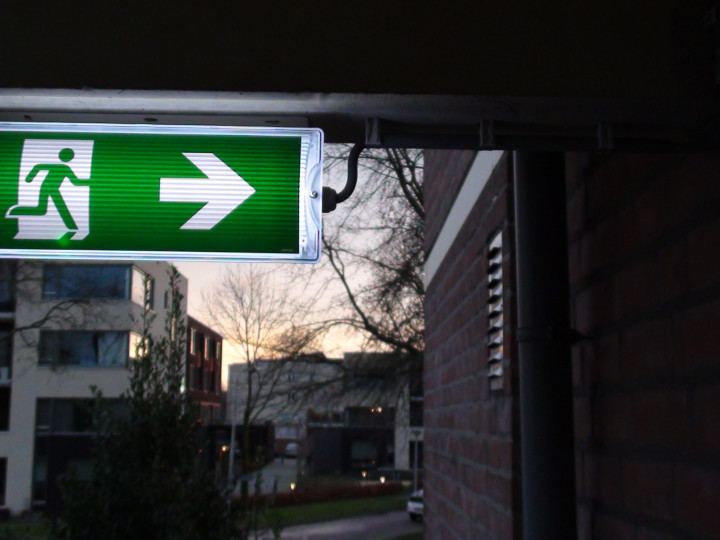
MOST ASKED QUESTIONS ABOUT EMERGENCY LIGHTING
During maintenance visits and by telephone or e-mail, we receive various questions about emergency lighting.
- What is mandatory?
- What is allowed?
- What is not allowed?
The most frequently asked questions are answered on this page.
